
Landscaping Insights & Inspiration
Expert tips, trends, and ideas to enhance your outdoor spaces
Featured Article
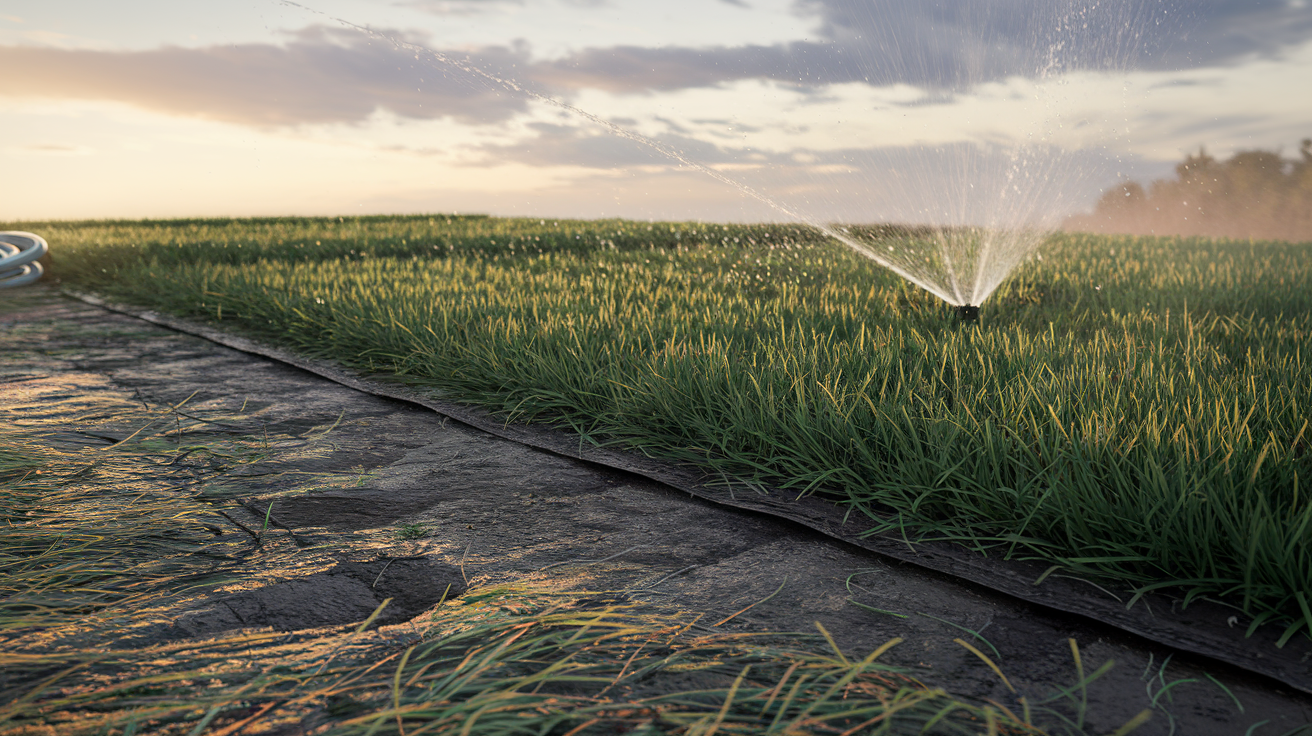
How Often Should You Water and Nurture New Sod?
There’s something satisfying about rolling out fresh sod–transforming a patchy, bare lawn into an instant carpet of green. But that instant gratification comes with responsibility. Your new sod is essentially in intensive care, disconnected from established roots and desperately needing the right care to survive. As someone who has both...
Read Full ArticleLatest Articles
Stay up to date with our latest landscaping insights

What Is Land Grading & How Much Does It Cost?
Understanding Land Grading: Process, Purpose and Pricing Land grading is one of those foundational aspects of construction and property development that often goes unnoticed until it’s done poorly. Whether you’re building a new home, addressing drainage issues, or simply improving your property’s usability, proper land grading can make all the...
Read more →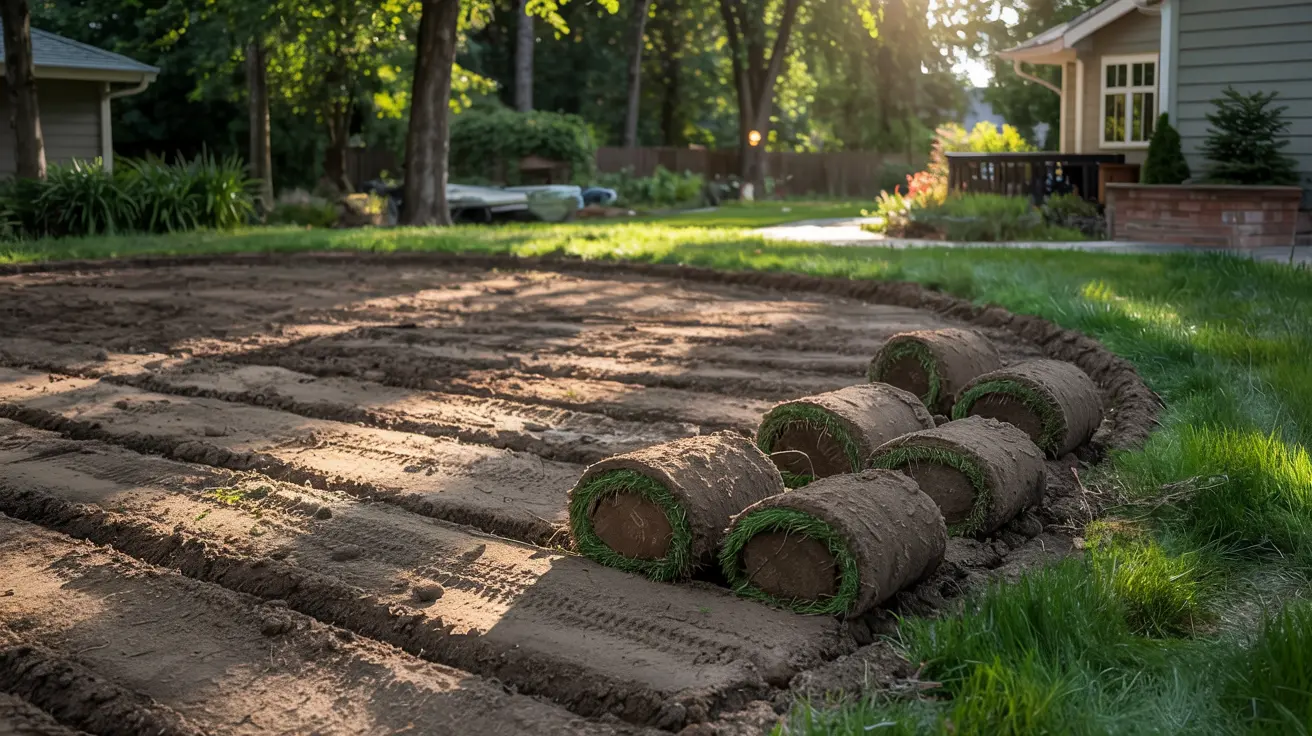
Preparing Your Yard for a Sod Transformation: A Homeowner’s Complete Guide
I still remember the day I stood in my backyard, staring at the patchy dirt and weeds that mockingly called themselves a lawn. Maybe you’re in a similar position now—facing a barren yard after construction, dealing with a weed takeover, or simply ready to upgrade your outdoor space. Installing sod...
Read more →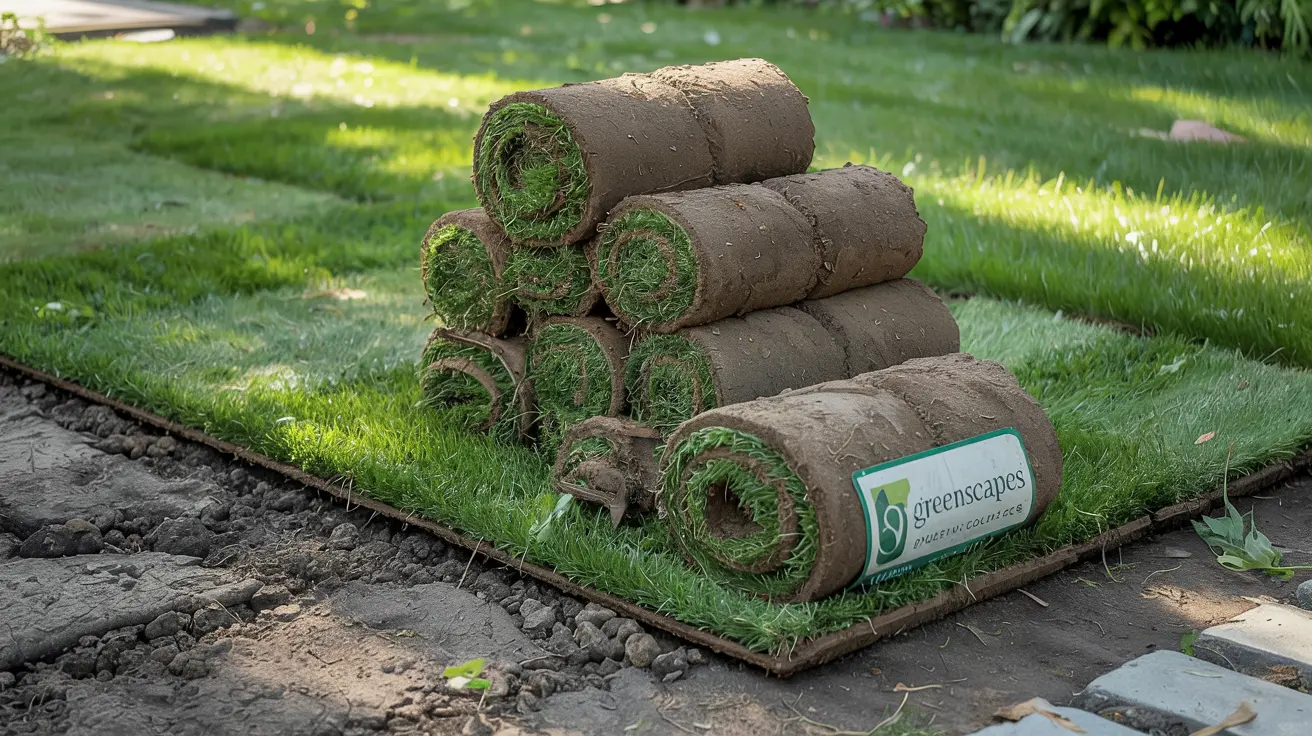
The Complete Guide to Installing Sod: From Bare to Beautiful
Have you ever looked out at your patchy, bare lawn and dreamed of a lush carpet of green? I certainly have. After spending three summers battling weeds and bare spots in my front yard, I finally took the plunge with sod. The transformation was worth every bead of sweat, and...
Read more →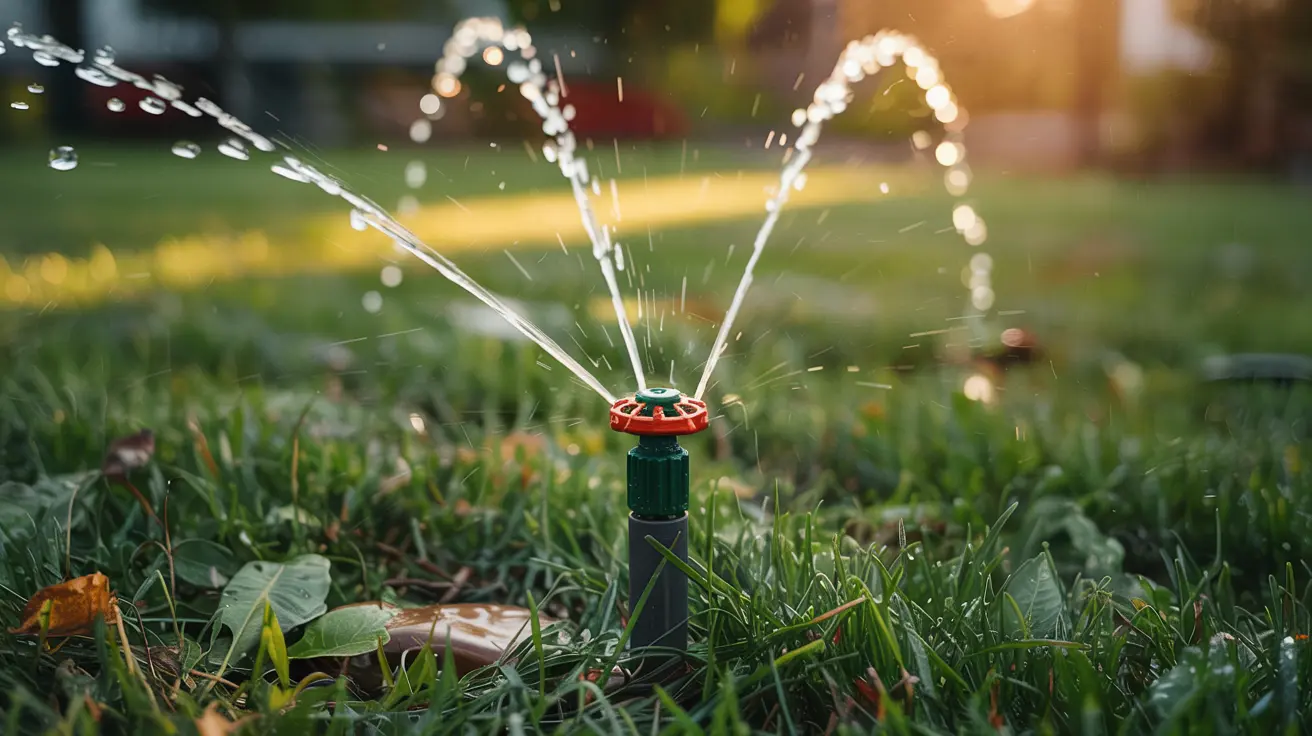
Your Complete Guide to Sprinkler System Care
Why Your Sprinkler System Deserves Your Attention Let’s be honest—you invested in your sprinkler system to make your life easier and your landscape more beautiful. But like any worthwhile investment, it requires some attention to deliver the results you’re looking for. As your landscape care partner, I want to help...
Read more →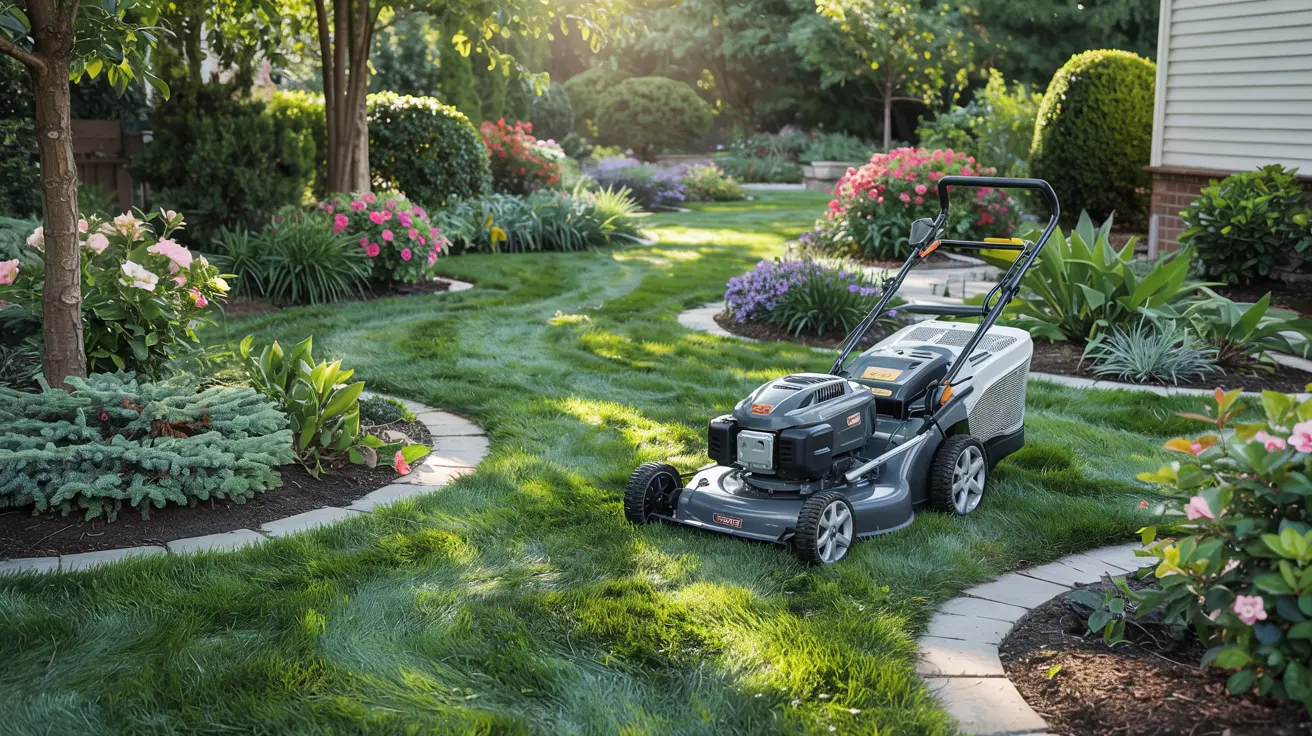
Your Landscape, Your Way: A Homeowner’s Guide to Professional Maintenance
Understanding Monthly Maintenance Costs & Plans: Freedom From Lawn Worry Picture this: It’s Saturday morning, and instead of dragging out the mower in the Texas heat, you’re enjoying coffee on your patio, admiring your perfectly manicured lawn that you didn’t have to lift a finger to maintain. This is the...
Read more →
Transforming Your Property: Understanding Core Landscape Design Concepts
A truly captivating landscape doesn’t happen by accident. While nature provides the raw materials, it’s the thoughtful application of design principles that elevates an ordinary yard into a functional, beautiful, and cohesive outdoor living space. Landscape design is both an art and a science, blending aesthetics with practical considerations like...
Read more →
Understanding the Costs of Landscape Installation: A Comprehensive Guide
Transforming your outdoor space with professional landscaping can significantly enhance curb appeal, create functional living areas, and increase property value. However, the cost of landscape installation can vary widely. Understanding the factors that influence pricing and typical cost ranges can help you budget effectively for your dream yard. National...
Read more →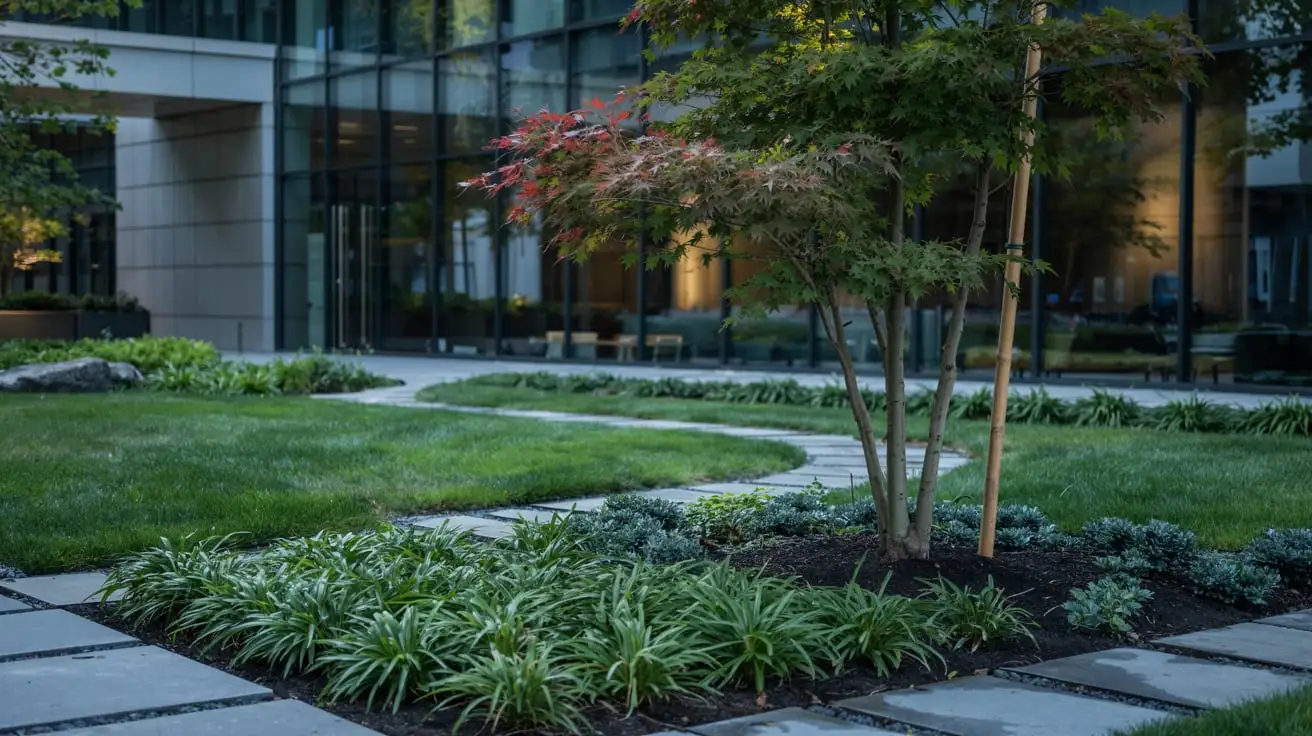
A Guide to Commercial Landscape Installation
Your business’s exterior is often the first interaction potential clients, customers, and even future employees have with your brand. A well-designed and professionally installed landscape speaks volumes about your company’s attention to detail, professionalism, and commitment to quality. But what exactly does “landscape installation” entail for a commercial property, why...
Read more →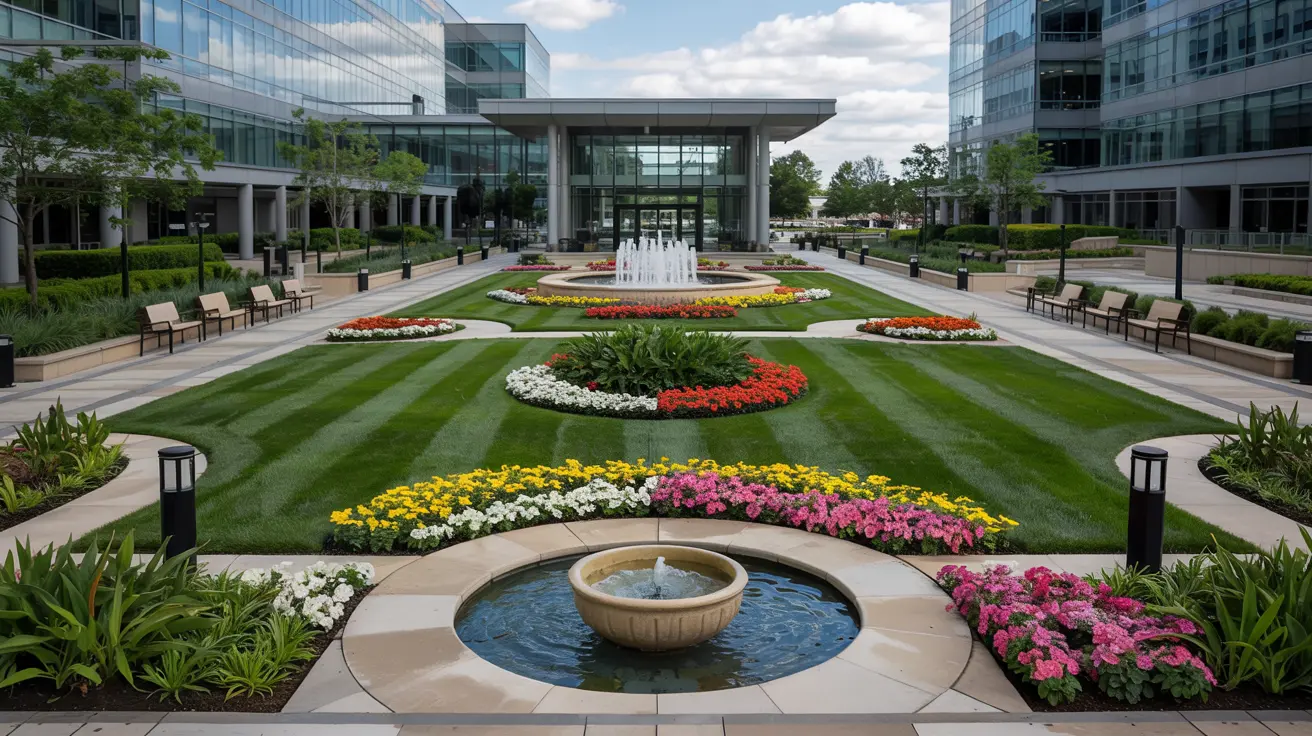
Drought-Resistant Plants
Gardening Through Dry Spells: A Guide to Drought-Resistant Plants Are you tired of watching your plants wilt during hot, dry weather? Drought-resistant plants offer a beautiful solution that can transform your gardening experience while conserving water. As climate change brings more unpredictable weather patterns and water restrictions become common in...
Read more →Popular Topics
Explore our most-read landscaping subjects
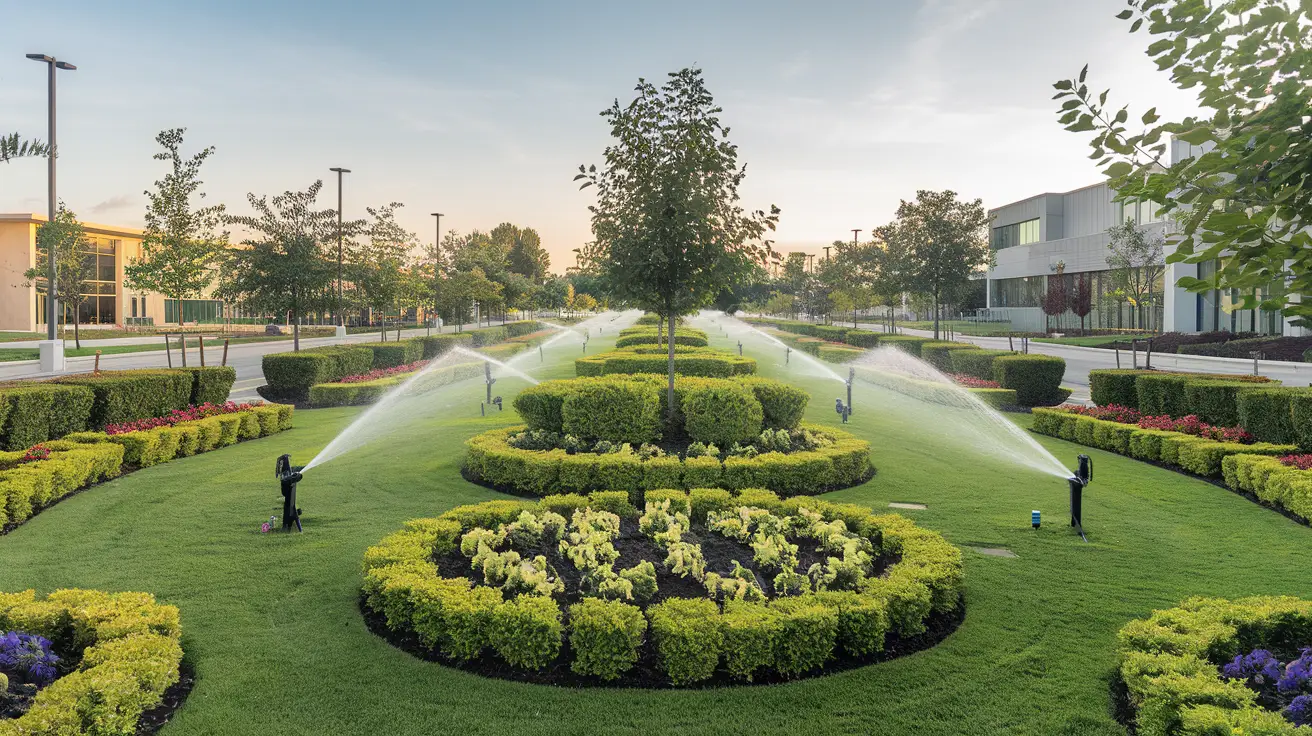

Outdoor Living
Creating functional, beautiful spaces for relaxation and entertainment

Native Landscaping
Using Texas native plants for sustainable, low-maintenance gardens
Have Questions About Your Landscape?
Our experts are ready to help with personalized advice for your specific needs.

